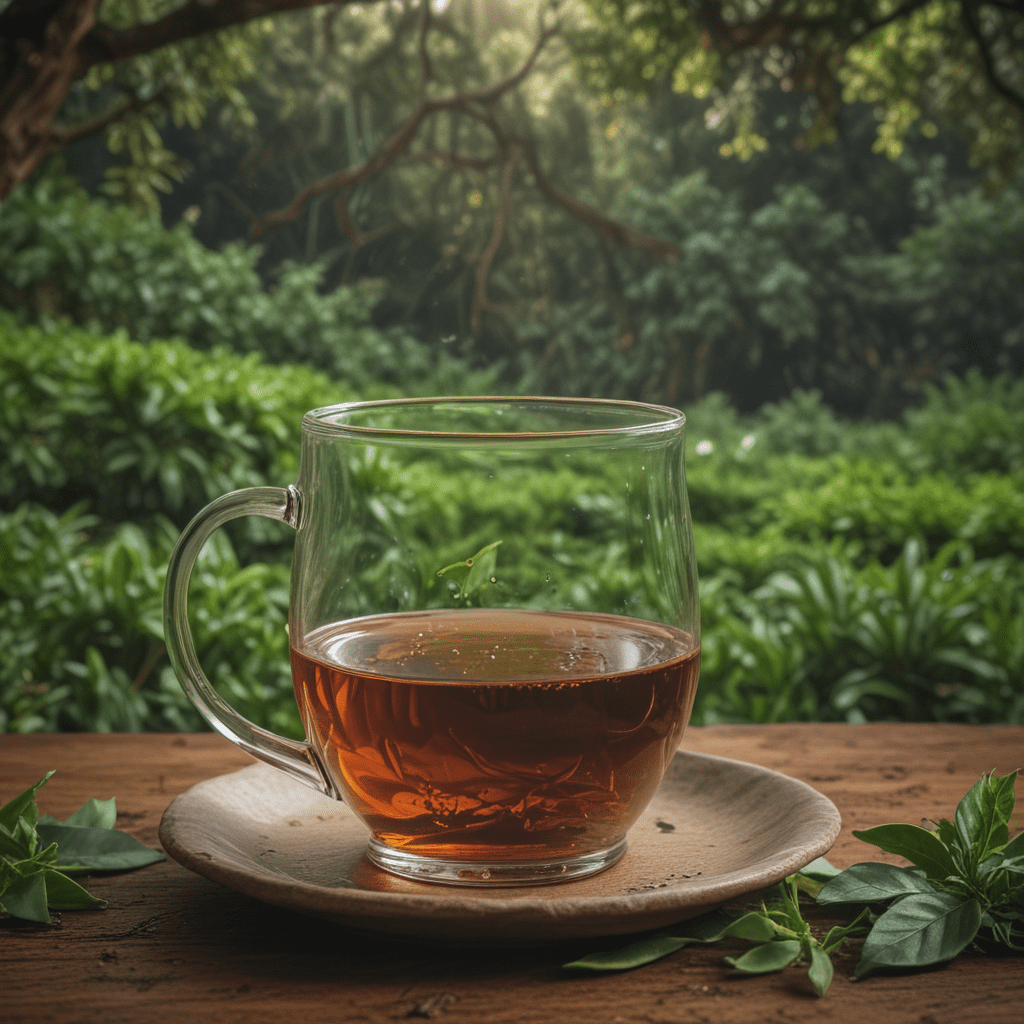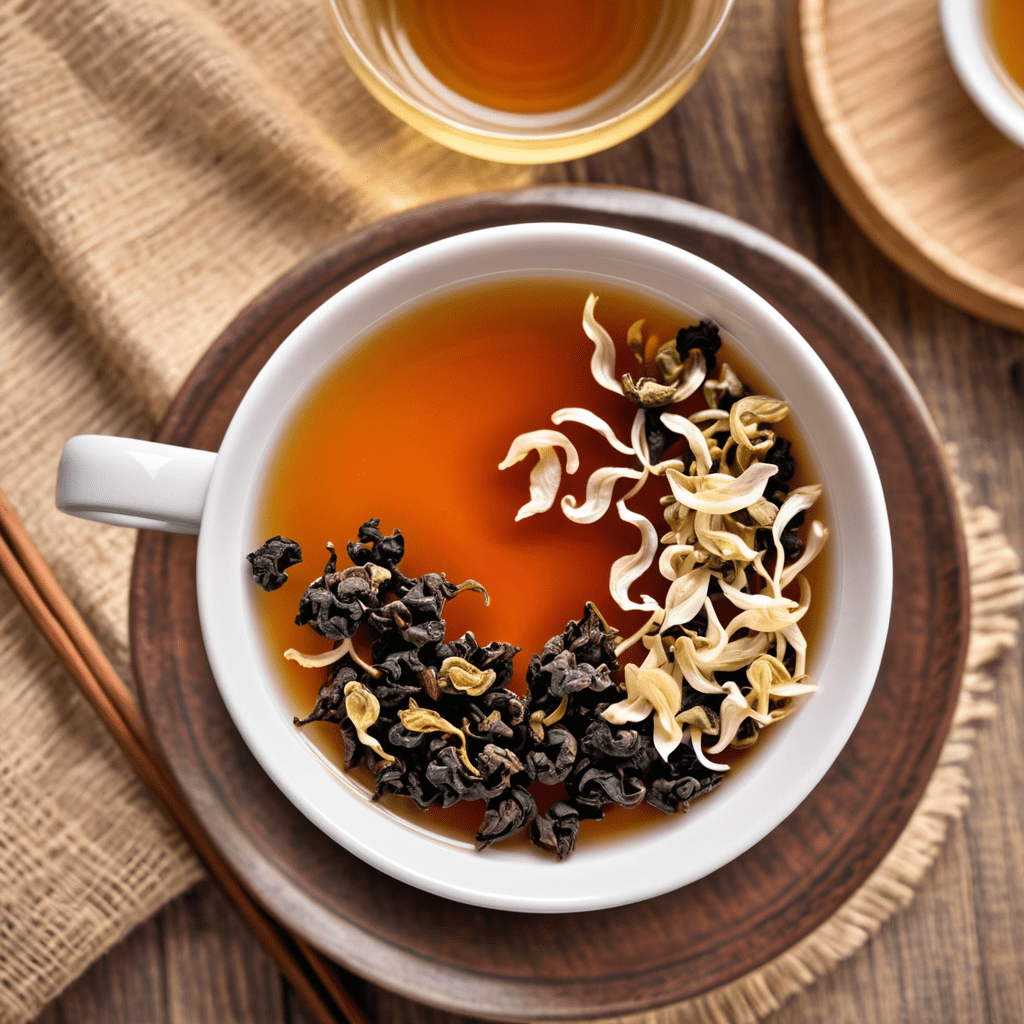1. Introduction to Ceylon Tea Production
Ceylon tea, renowned for its distinctive flavor and aroma, is a testament to the meticulous craftsmanship that goes into its production. Nestled in the lush, rolling hills of Sri Lanka, the tea industry has flourished for centuries, leaving an enduring legacy on the island's culture and economy.
2. Land and Soil Preparation
The foundation of exceptional Ceylon tea lies in carefully selecting and preparing the land. Tea bushes thrive in well-drained, acidic soils rich in organic matter. The land is thoroughly cleared of debris and weeds, and the soil is plowed to a depth of approximately 60 centimeters. Raised beds are often used to enhance drainage and prevent waterlogging.
3. Planting and Growing Tea Bushes
Tea bushes (Camellia sinensis) are typically propagated from cuttings. Young plants are carefully transplanted into the prepared beds, spaced at regular intervals to allow for optimal growth and airflow. The bushes are regularly pruned to control their height and encourage the development of healthy, flavorful leaves.
4. Harvesting Tea Leaves
The harvesting of tea leaves is a critical step that significantly influences the final quality of the tea. Typically, two leaves and a bud are plucked from each stem, known as the "two-leaves-and-a-bud" method. The leaves are harvested when they are young and tender, ensuring a delicate and nuanced flavor profile.
5. Withering and Oxidation Processes
After harvesting, the tea leaves undergo a process called withering. This involves spreading the leaves out in a thin layer and allowing them to dry slightly, which reduces their moisture content and makes them more pliable. The leaves are then rolled to break down the cell walls and promote oxidation, a natural chemical reaction that contributes to the development of the tea's characteristic flavors and aromas.
6. Rolling, Cutting, and Grading
Once the leaves have oxidized, they are rolled to further break down the cell walls and release their essential oils. This process gives Ceylon tea its distinctive twisted shape and enhances its flavor. The rolled leaves are then cut into smaller pieces to facilitate even drying and grading. Grading involves sorting the tea leaves according to their size and quality.
7. Fermentation and Drying
The cut tea leaves undergo a brief process of fermentation, which allows the flavors to further develop and stabilize. This is typically done in a humid environment for a period of several hours. The fermented leaves are then dried in carefully controlled conditions to reduce their moisture content to around 3%. Drying prevents spoilage and preserves the tea's delicate aromas and flavors.
8. Sorting and Packaging
After drying, the tea leaves are sorted and graded once again to ensure consistency in quality. The leaves are separated according to their size, appearance, and flavor profile. The sorted leaves are then packaged in airtight containers to maintain their freshness and prevent deterioration.
9. Certification and Standards
Ceylon tea is renowned for its high quality, and this is maintained through strict certification and standards. The Sri Lankan Tea Board oversees the entire tea production process, ensuring adherence to established guidelines and regulations. Ceylon tea carries a reputation for excellence, and these certifications provide assurance of its authenticity and quality.
10. The Art and Tradition of Ceylon Tea
Ceylon tea production is not merely an industry but an art form honed over centuries. The knowledge and expertise passed down through generations of tea planters and artisans contribute to the unique character and reputation of Ceylon tea. It is a beverage steeped in tradition, reflecting the history, culture, and terroir of Sri Lanka.
FAQs:
- What makes Ceylon tea unique?
Ceylon tea is renowned for its distinctive flavor and aroma, a result of the specific climate, soil conditions, and traditional production methods employed in Sri Lanka.
- How is Ceylon tea graded?
Ceylon tea is graded according to its size, appearance, and flavor profile. The different grades range from OP (Orange Pekoe), the highest grade, to BOP (Broken Orange Pekoe) and BOPF (Broken Orange Pekoe Fannings).
- What are the health benefits of Ceylon tea?
Ceylon tea contains antioxidants and other beneficial compounds that may offer various health benefits, including improved heart health, reduced inflammation, and enhanced cognitive function.
- How should I brew Ceylon tea?
To brew the perfect cup of Ceylon tea, use one teaspoon of tea leaves per cup of water. Heat the water to a temperature of around 195-205°F (90-96°C) and brew for 3-5 minutes. Add milk or sugar to taste, if desired.



